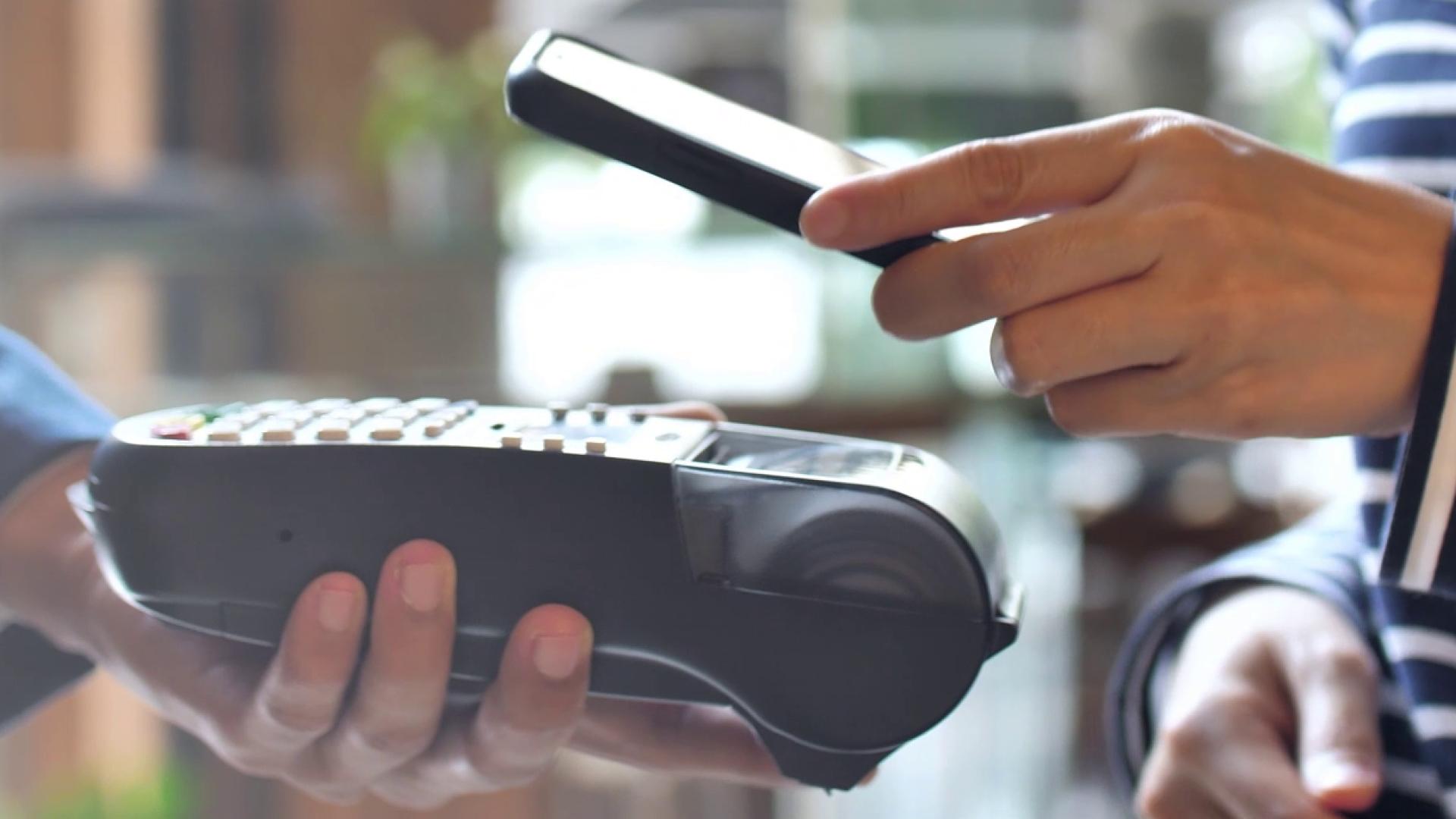
Open Banking: closed systems have had their day
Why banks need to open up in the battle for customers
-
The EU wanted to use the last stage of the PSD2 payment directive to herald the age of open banking
-
So far, only a minority of banks have taken major steps towards open banking—but the traditional closed “system bank” has had its day
-
Innovative banks use the mandatory API interfaces not only to take advantage of third-party services, but also to provide their partners with specific account data—of course, only if customers have provided consent in advance.






